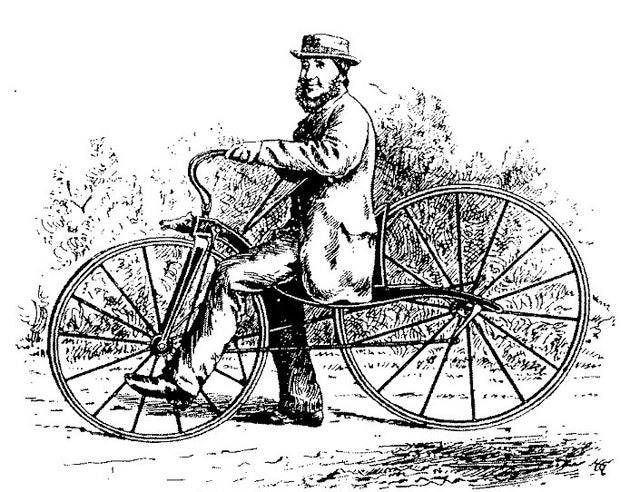There are histories written. There are races recounted. And there are tales of distant trails. While no single book can appeal to every reader, each of the following 10 books captures some unique aspect of the bicycle and the rider.
In addition to the obvious connection to bicycles, each book on this list presents its subject matter with passion and detail. These are books to be savored at the end of a long day's tour or as fuel for the next coffee shop conversation involving bicycles. They are books that matter to people who love to ride.
1. 'Bicycle: The History'
By David Herlihy
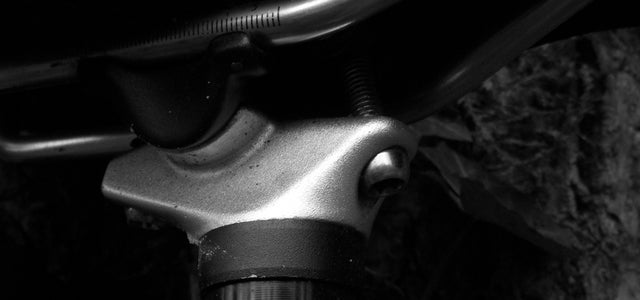
David Herlihy's epic is a comprehensive guide to the early evolution of the bicycle. Filled with anecdotes from the late 19th and early 20th century, along with hundreds of photos, drawings and catalog excerpts, this is a book that can be consumed in bits, browsed or read with careful attention.
Herlihy examines not just at the machines and riders, but the changes in society and the world brought about by “the poor man's horse.” The marketing of bicycles, the role of the machine in liberating women from the confines of Victorian society, the development of paved roads, and other tales fill more than 400 pages, yet the book does not drag or feel padded.
While Herlihy's history gives context to our current age, those looking for details on modern developments had best look elsewhere. No single book can adequately cover so broad a subject with such a long and rich history, so Herlihy has wisely chosen to focus the bulk of his energies in examining the first 50 years of bicycling.
2. 'The Dancing Chain'
By Frank Berto

Frank Berto's is a detailed look at the development of the bicycle's derailleur drivetrain. If this sounds dull to you, skip this book, but if you have the kind of mind fascinated by mechanics and engineering The Dancing Chain will hold your attention for hours. Meticulously researched and relentlessly updated (the book is currently in its fourth edition) Berto's 400-page tome is the ultimate book for the cycling gearhead.
While other writers, like Herlihy, focus on broader history, Berto instead examines the engineering and evolution of one key aspect of the bicycle, the multi-speed drivetrain. Berto is trained as an engineer, was the technical editor at Bicycling magazine for years, and has built a machine specifically for testing derailleurs. His obsession culminates in a book which has the feel of a conversation with the ultimate guru of gears. Photographs, illustrations and many beautiful Daniel Rebour line drawings combine to explain not only the why of the bits that make bicycles go, but the engineering and history behind each gear and link. Campagnolo, Simplex, Suntour and Shimano are all examined, explained and ultimately understood.
3. 'Full Tilt'
By Dervla Murphy

Dervla Murphy is a tough lady with a bike. is the story of her 1963 bicycle trip to India. Traveling alone through rough country, Murphy's humor, grit and resolve (along with occasionally flashing a pistol when needed) see her through what is to be the first in a life-long series of books and true adventures.
Murphy rode from Dunkirk, across Europe, through Turkey, Iran and Afghanistan. She crossed the Himalayas into Pakistan and India. In the book, she fends off wolves and the occasional individual with bad intentions, but most of her interactions showcase the beauty of the land and the people she encounters. It should be noted that this book is now five decades old and much of what Murphy writes about has been greatly changed by the forces of modernity and war, and some of her writing may strike the modern eye as being casually racist. But this is a book of its time and certain scenes, like those of children playing soccer in a remote mountain village, are timeless.
Murphy has spent the five decades since Full Tilt's release traveling and writing other books, but this, her first, still provides perhaps the greatest introduction to anyone seeking a life of adventure in a wide, wild world. For Murphy's own look back at the years leading up to that life, with a perspective of 50 more years of living, check out her autobiography .
4. 'Ghost Trails'
By Jill Homer

In Jill Homer lets us in on the many thoughts that go through her mind as she rides and pushes her bike over 350 miles of the frozen Alaska Iditarod Trail. Jill is a real person, with a real job, real boyfriend, real doubts and so on. She also happens to be one hell of writer and she gets obsessed (in a good way) about doing something wild and strange: riding a bike through the Alaska wilderness in the middle of winter.
Told in an as-it-happens style with a series of flashbacks, Homer's story flows with an ease that belies the difficulty of her journey. She paints pictures with words of the frozen country, the remote cabins that serve as checkpoints and her fellow competitors. While this a race, it becomes clear in the telling that this is less a race against the others on the course and more against the course itself and the doubts we all harbor within.
Homer's humor shines through the cold darkness of the night when she questions whether she spent too much time training and not enough time buying frozen peanut butter cups. As she struggles to thaw her frozen CamelBak to the point where it will relinquish a single swallow of water, she tries to remember her reason for being out on this dark, frozen course.
She writes: “I knew there was a reason I had planned so diligently for the race, trained all winter for the race, spent all of my free time thinking about the race. 'If only I could remember what that reason was,' I thought as I mounted my bicycle and pedaled into the dark. And with that, I was finally moving down the trail.”
Jill Homer writes of the obsessions that drive us far beyond the comforts of home and out into a darkness where we find answers that may not be ultimate, but are, ultimately, enough to keep us moving down the trail.
5. 'Joyride'
By Mia Birk
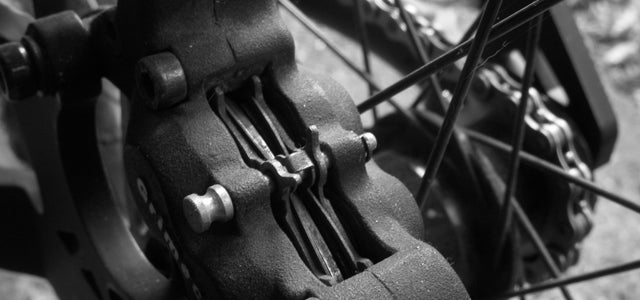
Mia Birk has been one of the key players in the shaping of Portland, Oregon, into one of the most bike-friendly cities in North America. is the story of the work that has gone into building a city that works for bikes and people—and it's an uplifting tale.
Birk tells a series of anecdotes, each relating how small changes can work to make things better. Birk doesn't gloss over the effort needed to implement change on a local level, and she recounts many tales of the opposition she encountered in her work to make Portland a better place in which to live and ride. Birk's grit is evident in her stories but it is also clear that she is a pragmatic optimist. The joy in Joyride is genuine and infectious.
Working with a small budget but a large vision, Birk and her team of activists took what had been a city with a few disconnected bike lanes in the early 1990s and shaped Portland into the cycling city that it is today. Since the adoption of the 1996 Bicycle Master Plan, Portland has added over 300 miles of interconnected bike paths, lanes and trails, allocated thousands of bike parking places and reached a bike commuting share that is eight times the U.S. national average. All this was done at a total cost of less than what it would take to build one mile of urban freeway.
Joyride is both an inspirational story and a call to arms. It's a “how we did it and how you can too!” book, but Birk also points out that the work is never done. Not even in Portland.
6. 'Major Taylor'
By Andrew Ritchie

Andrew Ritchie's meticulously researched and wonderfully told biography, , gives us the story of a hero whose name is known today by far too few. Major Taylor was the fastest bike racer in the world in 1899, a religious man who would not race on Sunday, and an African-American competing in a very racist world. Taylor's struggle and his story are timeless and fascinating.
While Taylor's success did much to draw an audience to track cycle racing and he was treated like a superstar in Europe, in his home country of the United States he was mocked by fellow riders and shut out of events by many of the sports promoters. Despite this discrimination, Taylor raced with skill, courage and grace. Of the many obstacles he faced he wrote: “I always played the game fairly and tried my hardest.”
Richie's biography of Taylor paints a complete picture of this inspirational man and cycle racing's early days. Drawing on Taylor's autobiography, a wealth of reporting from the papers of the day and extensive interviews with Taylor's daughter, Richie's book serves to preserve Taylor's values of hard work, faith and courage for a new generation of riders. This is the way a great man should be remembered.
7. 'Need for the Bike'
By Paul Fournel

Christopher Morley wrote that “The bicycle, the bicycle surely, should always be the vehicle of novelists and poets.” Paul Fournel is cycling's prose poet, a philosopher whose 150-page meditation explores the need for the bike. This is a book of moments and memories, the thoughts and feelings that make up a bike ride.
Fournel's writing is wonderful to experience and difficult to describe. The same could be said of bicycle riding, so perhaps at this point it is best to pull straight from the text: “Sitting on the seat, not carrying the weight of one's body, makes bike riding something like swimming, something like flying. The saddle carries you along, like water, like air: it's the saddle, but also the frame, and the tires, and the compressed air in the tires that give you wings. Still, the difference between cyclist and swimmer is that the cyclist, eyes open and hair flying in the wind, goes faster than a mere man—whereas the swimmer drags along, eyelids closed, ears plugged. The difference between bike and flight is that the bike is possible and flight isn't, yet.”
Fornell brings the wonder of riding a bike to the pages of a book and his slim volume, , is as perfect as a fast ride through the French countryside.
8. 'Park Tool Big Blue Book of Bike Repair'
By C. Calvin Jones
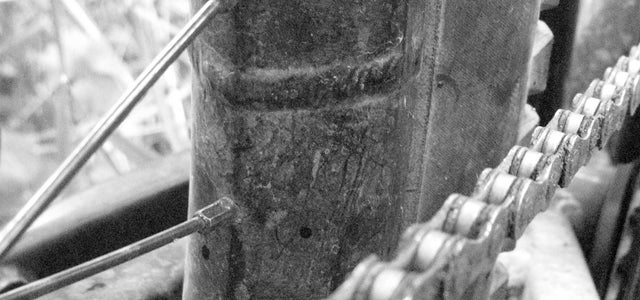
The odds are good that your bike mechanic uses Park Tools. The people behind the tools wrote this repair book and it is an excellent guide to understanding the various bits on the bicycle, how they work and how to fix them when things go wrong.
The book contains straightforward instructions and many clear pictures. It mostly manages to present adequate information without being too overwhelming to the novice mechanic. By focusing on the tools needed to do a task, the book may convince the reader to buy more equipment (no surprise there), but it also is a useful guide for helping a rider decide what jobs are best done by their local bike shop. For example, while a flat tire is a task easily accomplished with simple tools by a home mechanic, replacing a broken drive-side spoke may require the spoke, a cassette tool, a chainwhip and a truing stand. All these things may be found at your local shop, along with mechanics skilled at wheel truing. While some handy folks will joyfully invest in the tools and time to make the repairs, others may just as wisely opt to pay a mechanic to do the job.
is currently in its second edition and is reasonably up to date. Reading a single book won't turn someone into an expert bike mechanic, but for readers looking to learn more about the workings of their ride and the steps involved in the diagnosis and repair of problems, the is an excellent resource.
9. 'Slaying the Badger'
By Richard Moore

Richard Moore boldly declares in his book's subtitle that the 1986 Tour de France was “the greatest ever.” He then spends 300 pages telling a story so rich in drama and emotion that it leaves no doubt in the reader's mind as to the truth of the name.
Beginning with a dual biography of Hinault and Lemond, Moore spends the first half of his book, , vividly introducing the men and their motivations. In the book's second half, the drama plays out as Lemond, the young rising star, and Hinault, the old champion, the Badger, battle for supremacy on the roads of France. Although riding for the same team and in the shadow of Hinault's 1985 promise to ride this final Tour in support of Lemond, the competition between these two men was never anything less than ferocious.
Moore unearths a dazzling array of detail through interviews and anecdotes, telling a tale that holds suspense even for those who know the ultimate outcome of this epic battle. As racing books go, Moore's book just might be “the greatest ever.”
10. 'The Wonderful Ride'
By George T. Loher
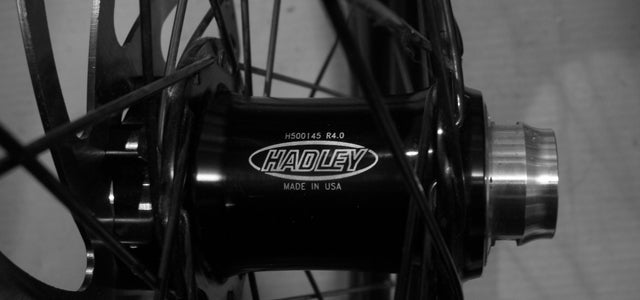
is the story of George Loher, a butcher who, in 1895, rode his Yellow Fellow bicycle from Oakland, California, all the way to New York City. Riding on what was then a new-fangled “safety bicycle” (having two wheels of the same size and that modern innovation, the pneumatic tire), Loher followed the train tracks because in many places there were no roads. His bike was a direct drive with no multiple gears, brakes or the ability to coast on descents. In certain steep places, he'd tie tree branches to his bike to function as a drag brake. He slept outside, stayed with farmers or at the occasional inn.
Loher made news throughout his journey and his arrival in New York was be the big story in the local papers of the day. He pulled into the city and was greeted with a hero's welcome. But Loher himself felt his story was simple and ordinary. He never sought to have his journals published.
In 1978, long after Loher's death, his granddaughter organized his papers for publication. Time has revealed the true value of Loher's “ordinary” observations. is a literary time machine, documenting an amazing journey through an earlier age.
is an accomplished long-distance cyclist who gave up a career in technology to pursue shop work and bike advocacy. He writes regularly at .
Photos: SoulRider.222/


